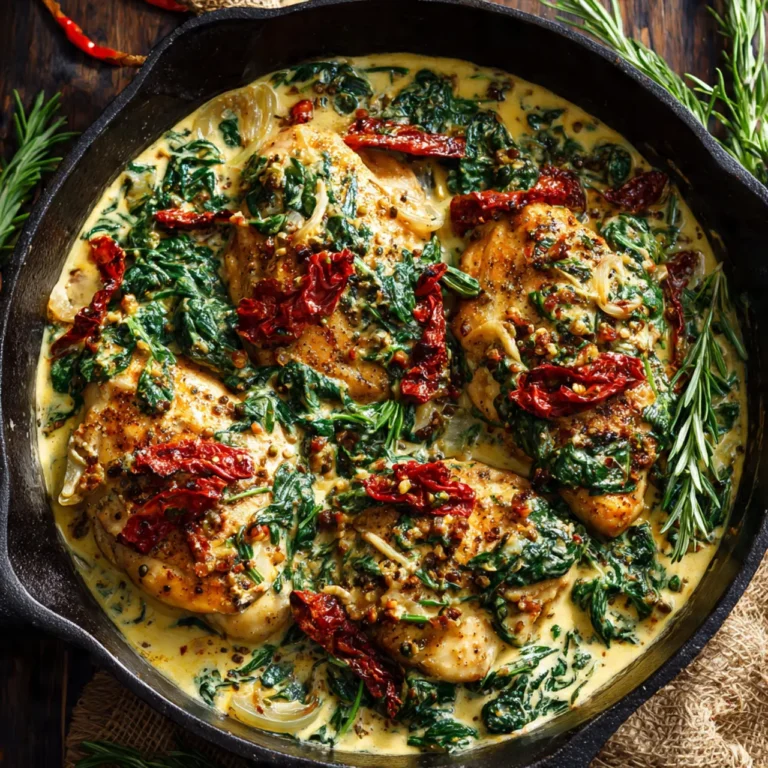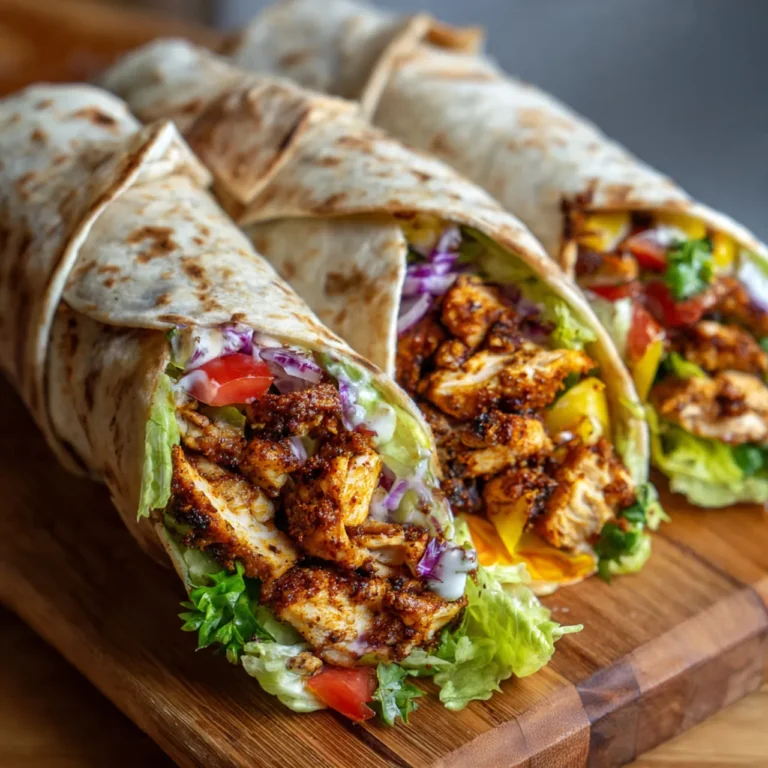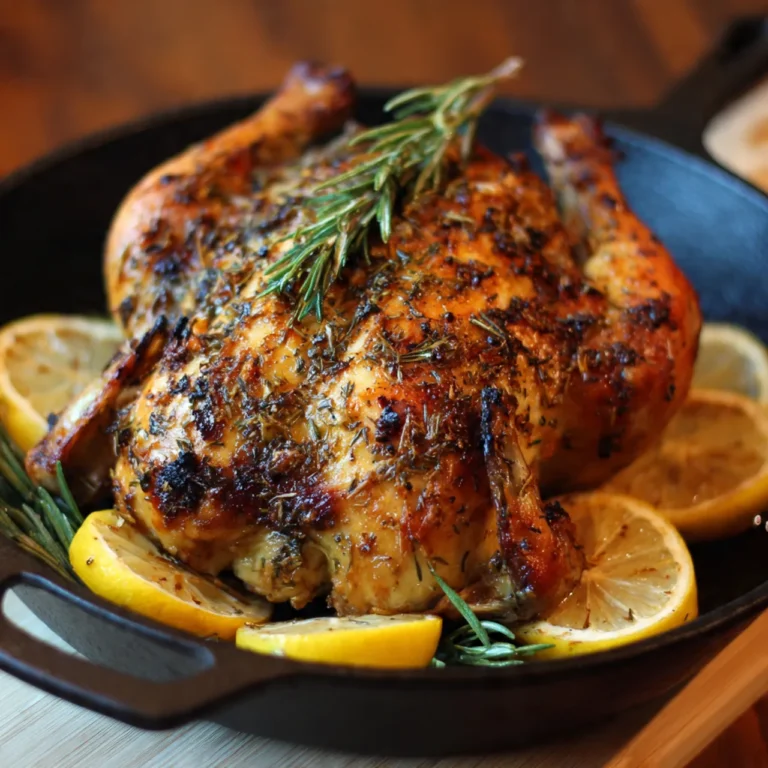Few breakfast dishes capture comfort, nostalgia, and indulgence the way French Toast does. With its golden crust, fluffy center, and sweet aroma, French Toast has remained a breakfast staple across the globe. While its origins can be traced back centuries, today it’s one of the most versatile breakfast recipes, appearing on brunch menus, in home kitchens, and even in fine-dining restaurants.
In this comprehensive guide, we’ll explore everything you need to know about French Toast—from its history and classic preparation method to creative variations, tips for perfection, and even nutritional insights. Whether you’re a beginner in the kitchen or a seasoned cook, this article will help you elevate your French Toast game.
The History of French Toast
Despite its name, French Toast wasn’t invented in France. The earliest records date back to ancient Rome, where people would soak stale bread in milk and eggs before frying it. This dish was considered a way to prevent food waste. Over time, variations appeared across Europe, including in France, where it became known as “pain perdu” (lost bread), a nod to the use of old bread.
When French immigrants came to America, they brought the recipe with them. Eventually, it gained the name French Toast and became a breakfast favorite. Today, it’s a global dish with countless adaptations.
Why French Toast is So Popular
- Easy to Make – Requires only basic ingredients: bread, eggs, milk, and spices.
- Customizable – Sweet or savory, simple or gourmet, it adapts to every palate.
- Perfect for Leftovers – A clever way to use stale bread without wasting food.
- Comfort Food Appeal – Soft, warm, and often paired with syrup, fruits, or powdered sugar.
Ingredients for Classic French Toast
To make traditional French Toast, you’ll need the following ingredients:
- 4 slices of thick bread (brioche or challah recommended)
- 2 large eggs
- 1/2 cup whole milk (or heavy cream for richness)
- 1 tbsp sugar (optional, depending on taste)
- 1 tsp vanilla extract
- 1/2 tsp ground cinnamon
- Pinch of salt
- 2 tbsp butter (for frying)
- Maple syrup, powdered sugar, or fresh fruit for serving
Kitchen Tools You’ll Need
- Mixing bowl
- Whisk or fork
- Shallow dish (for soaking bread)
- Non-stick skillet or griddle
- Spatula
- Measuring cups and spoons
Step-by-Step Instructions for Classic French Toast
Step 1: Prepare the Batter
In a mixing bowl, whisk together eggs, milk, vanilla extract, cinnamon, sugar, and salt until smooth.
Step 2: Soak the Bread
Dip each slice of bread into the mixture. Let it soak for a few seconds on each side so the custard penetrates but doesn’t make the bread soggy.
Step 3: Heat the Pan
Melt butter in a skillet over medium heat until bubbling.
Step 4: Cook the French Toast
Place soaked bread slices into the skillet. Cook for 2–3 minutes per side until golden brown and slightly crispy.
Step 5: Serve Immediately
Top with maple syrup, powdered sugar, or fresh fruit. Serve hot.
Creative Variations of French Toast
French Toast is versatile. Here are some popular twists:
- Stuffed French Toast – Fill bread with cream cheese, Nutella, or fruit compote before cooking.
- Savory French Toast – Omit sugar and vanilla, add herbs and cheese, and serve with bacon or ham.
- Vegan French Toast – Replace eggs with flaxseed meal and milk with almond or oat milk.
- Overnight French Toast Casserole – Layer bread in a baking dish, pour custard over it, refrigerate overnight, and bake in the morning.
- French Toast Sticks – Cut bread into strips before soaking and frying; perfect for kids and dipping.
Tips for the Best French Toast
- Choose the Right Bread – Brioche, challah, or sourdough work best. Avoid thin sandwich bread.
- Stale Bread is Better – Slightly dry bread absorbs the custard without falling apart.
- Don’t Over-Soak – A quick dip is enough; otherwise, the bread becomes mushy.
- Low to Medium Heat – Cooking too fast burns the outside while leaving the inside raw.
- Add Toppings Last – Syrups and fruits should be added right before serving to keep toast crispy.
Serving Suggestions
French Toast pairs beautifully with:
- Fresh berries and whipped cream
- Bananas and caramel sauce
- Bacon and eggs (for a balanced sweet-salty breakfast)
- A sprinkle of nuts for crunch
- A dusting of cocoa or cinnamon for extra flavor
Nutritional Information (per serving, without toppings)
- Calories: ~230
- Carbohydrates: 25 g
- Protein: 8 g
- Fat: 10 g
- Sugar: 6 g
Healthier French Toast Options
If you love French Toast but want a lighter version, here are some swaps:
- Use whole-grain bread instead of brioche.
- Replace whole milk with almond, oat, or skim milk.
- Skip the sugar and rely on fruit for sweetness.
- Cook with coconut oil or spray instead of butter.
French Toast Around the World
- France: Pain perdu, often enjoyed as dessert.
- Hong Kong: Deep-fried French Toast served with butter and syrup.
- Spain: Torrijas, typically soaked in wine or milk and sprinkled with cinnamon sugar.
- India: Savory French Toast made with chilies, onions, and spices.
Common Mistakes to Avoid
- Using bread that’s too fresh and soft.
- Overcrowding the skillet (toast won’t crisp properly).
- Using too much milk, making the custard watery.
- Cooking on high heat, leading to burnt outsides.
- Forgetting to preheat the pan fully before cooking.
French Toast for Special Occasions
- Christmas Morning French Toast – Add cinnamon, nutmeg, and a drizzle of eggnog.
- Valentine’s Day French Toast – Use heart-shaped bread slices with strawberries and chocolate.
- Easter Brunch French Toast – Pair with pastel-colored fruit salads.
Conclusion
French Toast is more than just breakfast—it’s a timeless comfort food that adapts to every taste and occasion. Whether you’re enjoying it in its classic form with maple syrup or experimenting with stuffed or savory versions, this dish never fails to bring warmth to the table.
Next time you crave a delicious, simple, and satisfying breakfast, skip the boxed cereals and frozen waffles—make French Toast instead. With just a few ingredients and a little love, you’ll have a meal that delights everyone at the table.






